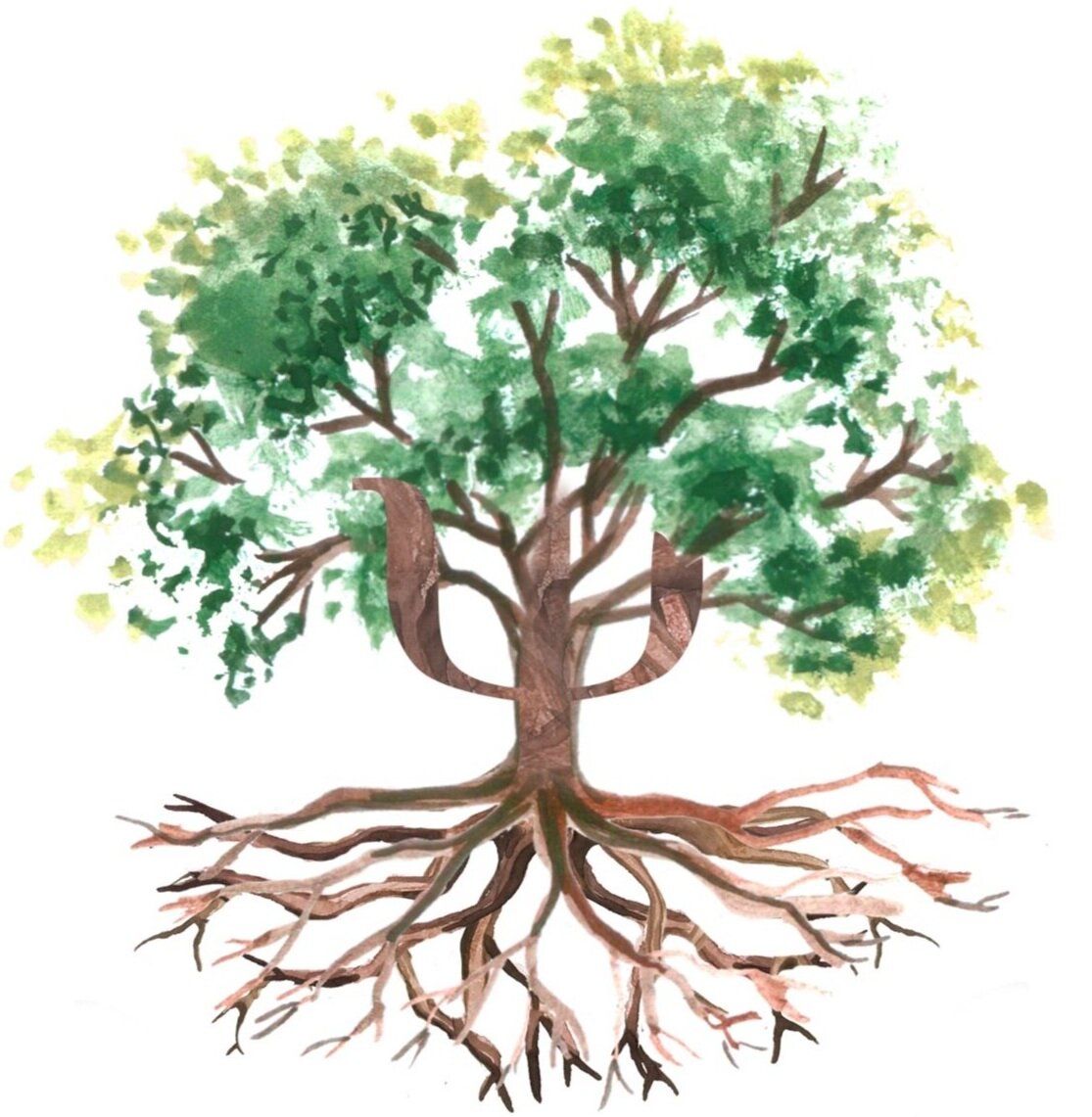PARAPHILIC DISORDERS
Voyeuristic Disorder
more commonly known as “peeping toms”
Technology has brought us countless conveniences.
It has also changed the way we connect and communicate with one another, particularly through the use and proliferation of smartphones and social media. That said, many are unaware of the dark side to these developments, one of which is the changing trend of crimes. The sharp rise in upskirt photography is one such trend. Besides the changes proposed to existing laws, we also need to understand the motivation behind the behaviour—voyeurism.
What is Voyeurism?
Voyeurism, or Voyeuristic Disorder, is the sexual interest that comes from watching people engage in behaviours that are usually private, such as showering, undressing, or having sex. Taking upskirt pictures might also be considered a form of voyeurism if other diagnostic criteria are met. These individuals may not be looking for sexual activity with their subjects (thought they may engage in self-pleasuring acts) and these subjects are typically strangers who are neither aware nor consenting.
In essence, not every person who takes “upskirt” (or “downblouse”) photos or videos automatically qualify for a diagnosis of voyeuristic disorder.
Voyeuristic Disorder is regarded as a form of atypical sexual interest and is one of eight disorders grouped under Paraphilic Disorders (for those interested, the other seven conditions are: Exhibitionistic Disorder, Fetishistic Disorder, Frotteuristic Disorder, Paedophilic Disorder, Sexual Masochism Disorder, Sexual Sadism Disorder, and Transvestic Disorder).
How is a Voyeuristic Disorder Diagnosed?
The symptoms of Voyeuristic Disorder are notoriously difficult to observed due to the nature of the activities. According to the DSM-5, the diagnosis of Voyeuristic Disorder is given with the following:
Ψ Over a period of at least six months, a person who is 18 years or older has had recurrent and intense sexual arousing fantasies, urges, or behaviours from observing an unsuspecting person who is naked, in the process of disrobing, or engaged in sexual activity.
Ψ The person has acted on these sexual urges with a non-consenting person, or the sexual urges and fantasies have caused significant distress or impairment in social, occupational, or other areas of daily functioning.
Voyeuristic Disorder tends to occur more frequently in males and usually begins around adolescence. While there is no proven cause, possible risk factors for voyeurism include childhood sexual abuse, substance abuse, having a preoccupation with sex, and hypersexuality (having frequent and high sexual urges or sexual activity).
Addressing Voyeuristic Disorder
Unfortunately, people with Voyeuristic Disorder rarely seek help until the long arm of the law (no pun intended) catches up to them. Common ways to address voyeurism include psychotherapy and pharmacological interventions:
Ψ Cognitive Behavioural Therapy
A common type of therapy used by psychotherapists to manage Voyeuristic disorder, CBT is a form of psychotherapy that involves cognitive restructuring to challenge and eliminate maladaptive rationalisations the person might have.
Cognitive restructuring is done through thought substitution, redirection and distraction as ways to replace maladaptive thoughts with healthy ones.
Behavioural modification involves behavioural rehearsals, abstinence and reconditioning to change the person’s behavioural responses to the stimuli either by overstimulation, or by sensitisation through associate negative outcomes or experiences with the stimulus.
Ψ Good Lives Model
GLM uses a strengths-based rehabilitation approach to develop and implement meaningful life plans that are incompatible with the offending behaviours.
Ψ Risk Assessment Model
A psychotherapist works with the client to identify dynamic risk factors that could be modifiable (versus focusing on past behavior as a predictor of re-offense which cannot be modified).
Ψ Support Groups
Partaking in a support group can augment the effectiveness of other management approaches as well. Connecting with others who experience similar urges reduces social stigma and isolation, and improve the clients ability to integrate coping skills taught by the psychotherapist.
There is little consensus on the prognosis of Voyeuristic Disorder. It is generally considered it a chronic condition and voyeuristic behaviours are believed to remain as the main form of sexual gratification. The efficacy of addressing it varies from person to person, with some deriving significant improvements to many aspects of their lives following professional help.
If you or your partner has a voyeuristic interest, seeking psychological help with a knowledgeable and nonjudgmental therapist is a crucial first step towards taking control of your sexual impulses and channeling them into healthy, legal, and consensual behaviour.
